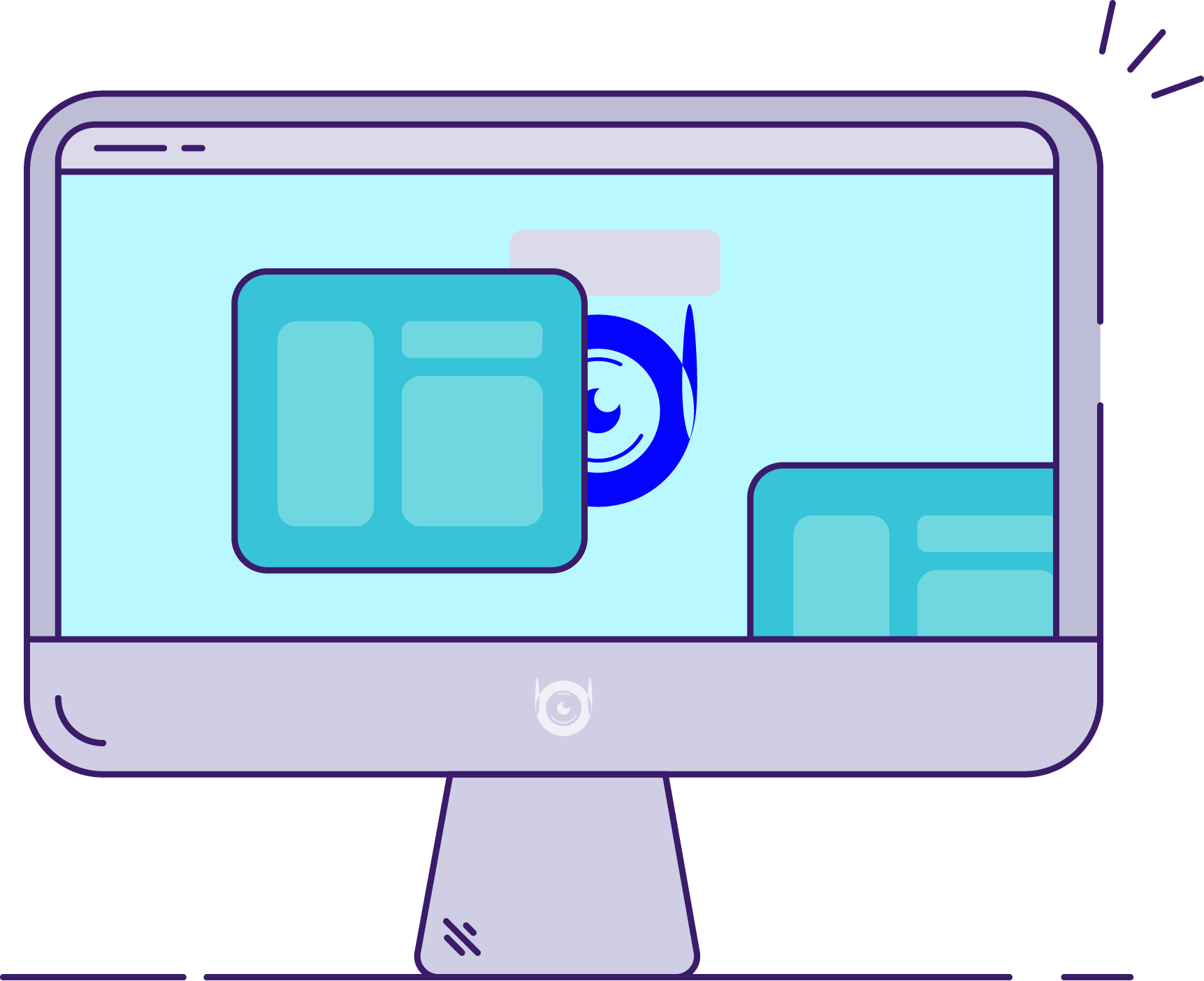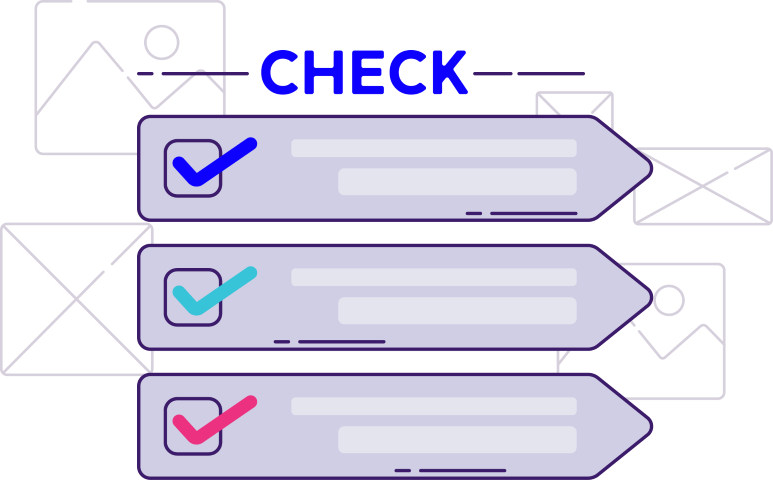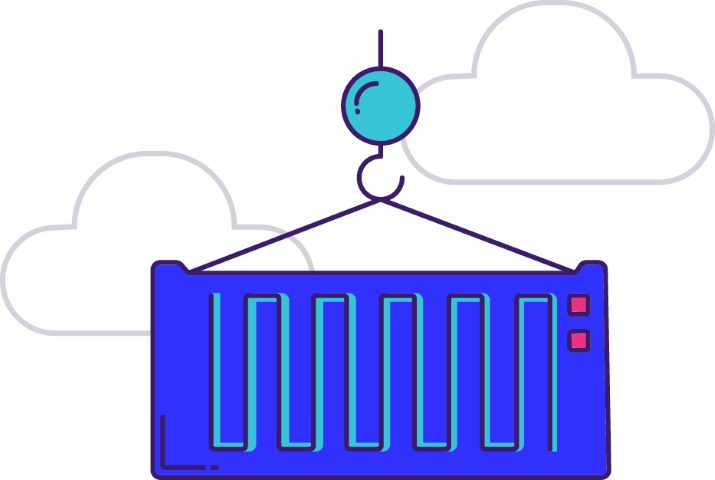


What should you understand at the end of the module?
What should you be by the end of the module?
Build a service in Java with the Spring Boot framework or with GoLang and the gin web framework.

What should you understand at the end of the module?
What should you be by the end of the module?

What should you understand at the end of the module?
What should you be by the end of the module?

What should you understand at the end of the module?
What should you be by the end of the module?

What should you understand at the end of the module?
What should you be by the end of the module?

What should you understand at the end of the module?
What should you be by the end of the module?